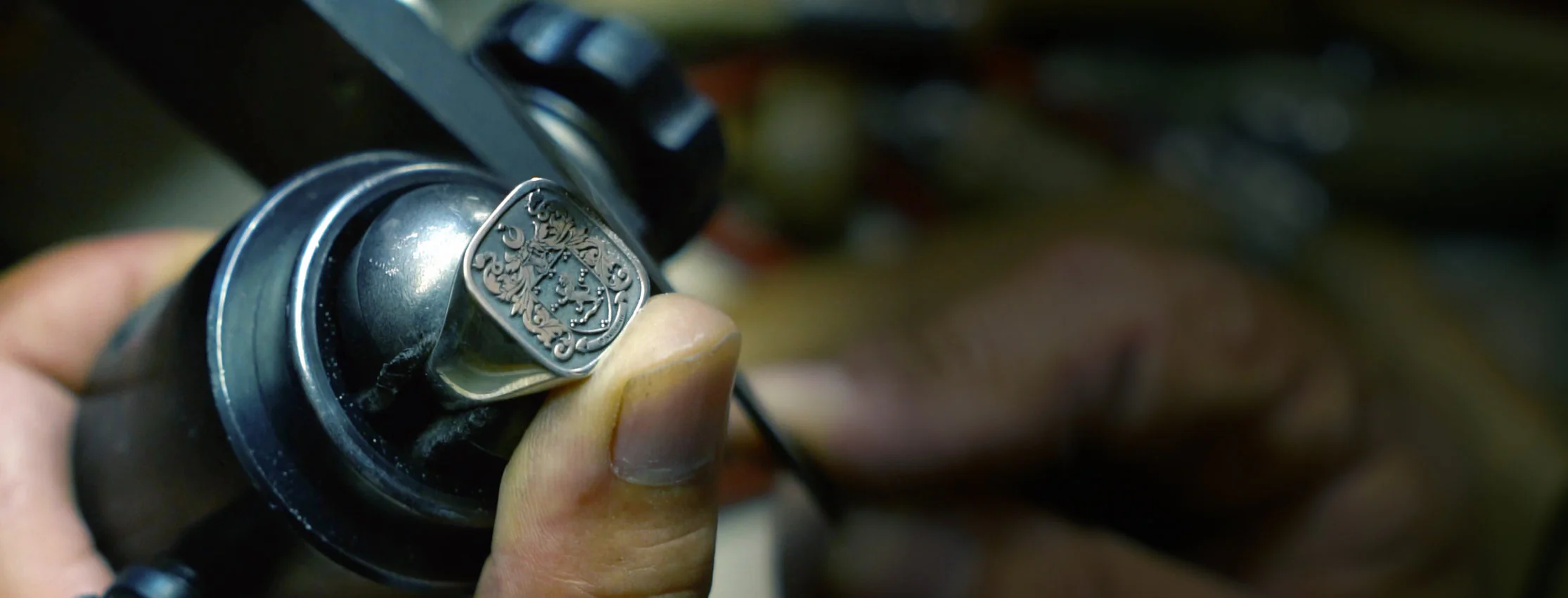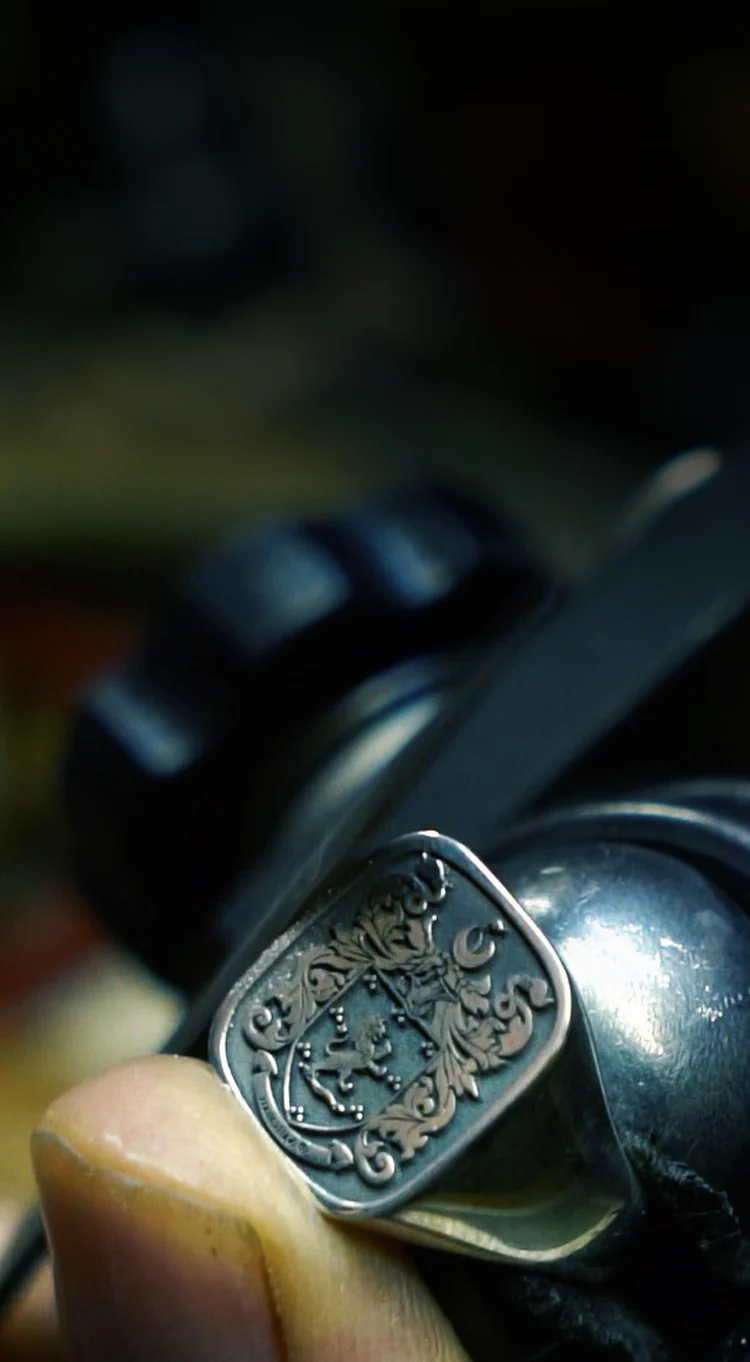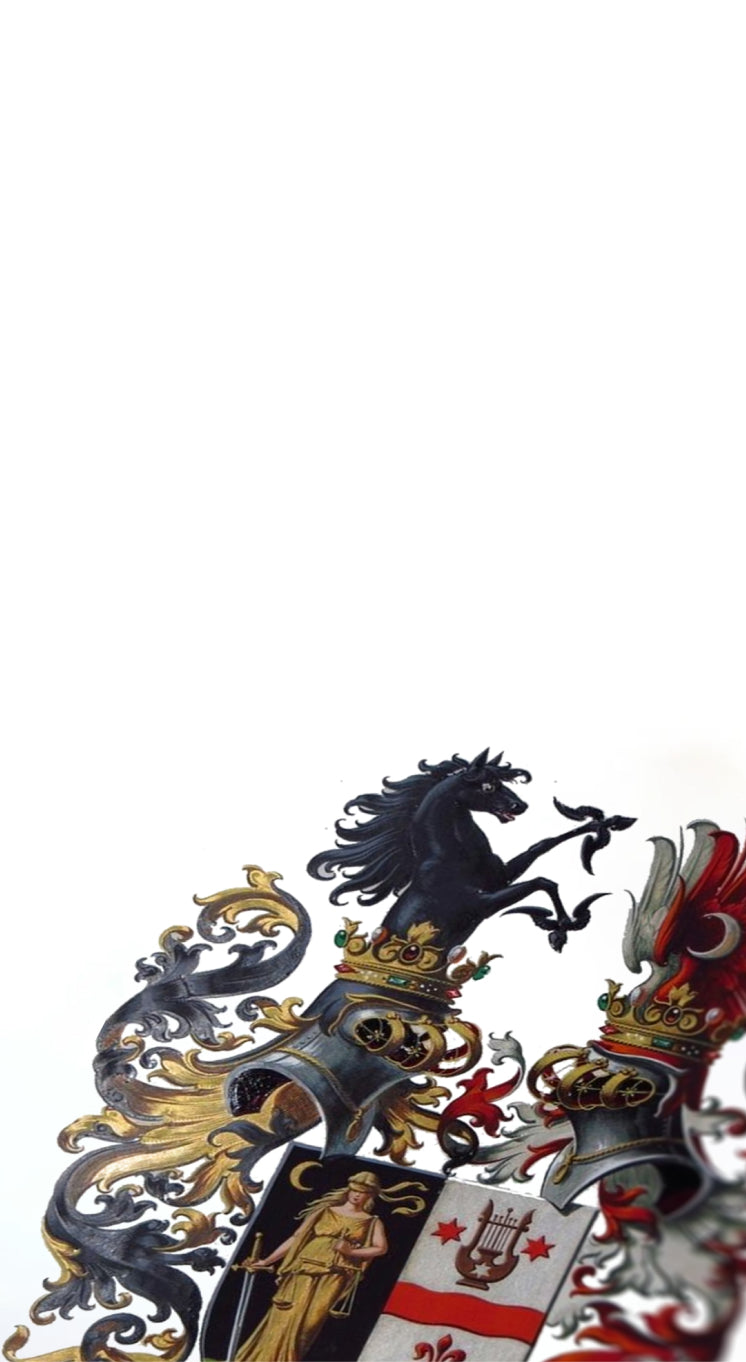The Medieval Castle part 1
Medieval castles were usually built in a strategic place such as on top of a hill, on the edge of a cliff, or beside a river. If there were no naturally safe places nearby a moat would be built around the castle to protect it.































































